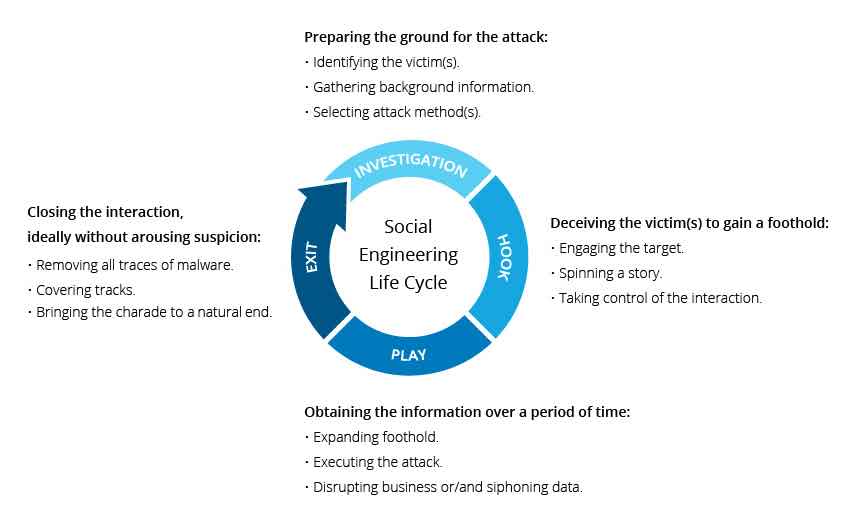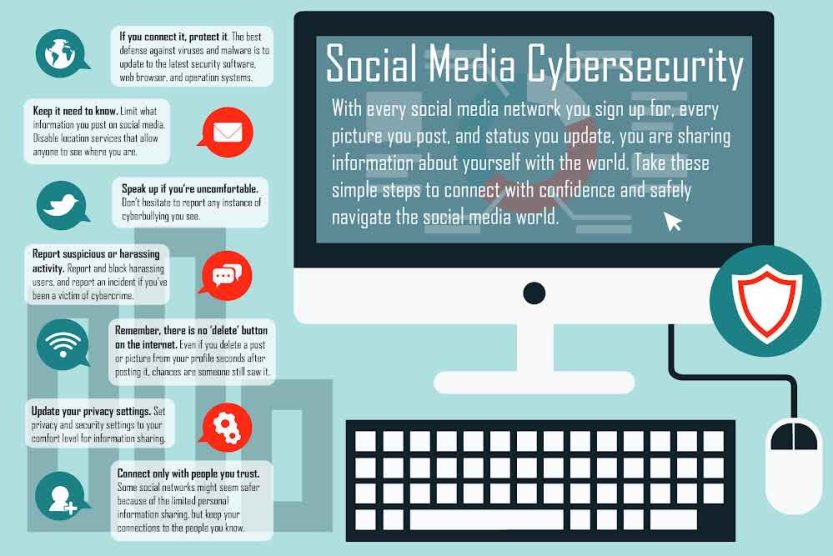Educational Goals
Get my Undergrade
Get into law school
Graduate from Law school
Journal Entry 1
Review the NICE Workforce Framework. Are there certain areas that you would want to focus your career on? Explain which areas would appeal the most to you and which would appeal the least ?
The National Health Service (NHS) Workforce Framework describes the skills and competences necessary to work in the NHS. Leadership, Service Design, Quality Improvement, Workforce Development, Information and Technology, and Engagement are the six primary domains. The domain that most interests me is Leadership, which is concerned with establishing and executing strategies to promote, improve, and sustain the quality of care delivered by the NHS. This domain also focuses on worker development, motivation, and engagement. I am particularly drawn to this subject since it allows me to apply my expertise to improve the health of individuals and the larger public. My least favorite domain is Information and Technology, which focuses on leveraging technology to improve the efficiency and effectiveness of NHS services. While I am interested in this field, I am not very enthusiastic about it since I do not believe that technology can fully replace humans in the delivery of healthcare services. Overall, I am most interested in the NICE Workforce Framework’s Leadership domain since it allows me to apply my abilities to improve the health of people and the larger public.

Journal Entry 2
Explain how the principles of science relate to cybersecurity ?
The fundamental concepts of science are directly and significantly relevant to the subject of cybersecurity because they give an organized and evidence-based method to understanding, assessing, and addressing security threats and vulnerabilities. This is how scientific principles are related to cybersecurity. Empirical Finding: Science emphasizes the significance of depending on real-world facts and experimentation, which is equally important in cybersecurity. To detect anomalous actions and potential security breaches, security experts employ actual facts and evidence from system logs, network traffic, and behavior analysis. Hypothesis Testing: Scientists create hypotheses to explain observable events and then test them using experiments. Similarly, security analysts develop hypotheses regarding security risks or weaknesses and use various methodologies to verify and corroborate these theories, such as conducting penetration tests to identify system vulnerabilities. Data Analysis: Data collecting and analysis are critical components of scientific activities, as well as cybersecurity. Data analytics and machine learning are used by cybersecurity specialists to uncover trends or deviations that may signal hostile activity. Continuous Learning and Adaptation: The scientific method promotes continuous learning and adaptation based on new discoveries and evidence. This idea is crucial in cybersecurity since threat actors’ techniques are always evolving. Cybersecurity experts must constantly adjust their defenses, remain up to current on emerging threats, and improve security procedures.
Journal Entry 3
Visit PrivacyRights.org to see the types of publicly available information
about data breaches. How might researchers use this information to study breaches? Enter a paragraph in your journal.
To begin, they can examine the types, frequency, and magnitude of data breaches over time in order to uncover trends and patterns. This can give insights on the most prevalent sorts of breaches, the industries most frequently affected, and the average number of people affected. Second, researchers may utilize this data to assess the efficiency of various security solutions. Researchers can determine which security measures are most successful at avoiding or minimizing breaches by comparing the security measures in place at the time of the breach to the kind and scope of the breach. Third, the data may be used to investigate the aftermath of breaches, such as the impacted organization’s response, the ramifications for people whose data was compromised, and the legal and regulatory results. This has the potential to deliver. Finally, researchers may utilize this data to create and test hypotheses concerning data breaches. For example, they may create a theory about the elements that make an organization more vulnerable to breaches and then test it using data. This can help businesses create more effective tactics for avoiding and responding to data breaches.
Journal Entry 4
Maslow’s Hierarchy of Needs to explain how each level relates to your experiences with technology. Give specific examples of how your digital experiences relate to each level of need ?
Physiological Needs- Air, food, drink, shelter, clothing, warmth, sex, and sleep are biological prerequisites for human life. If these requirements are not supplied, the human body cannot operate optimally. According to Maslow, physiological requirements are the most essential since all other demands are secondary until they are met. Many individuals see technology as vital as food, air, and water.
Safety Needs- When a person’s physiological needs are addressed, security and safety become more vital. People crave order, predictability, and control in their daily lives. These needs can be addressed by the family and society (for example, police, schools, businesses, and medical care). Only a few examples include emotional security, financial security (e.g., work, social welfare), law and order, fearlessness, social stability, property, and health and well-being (e.g., safety from accidents and injuries).
Self-acutlization needs- Are the highest levels in Maslow’s hierarchy, and they concern a person’s potential realization, self-actualization, personal advancement, and peak experiences. Maslow (1943) defines this level as the drive to achieve everything one can in order to become the greatest one can be.
Individuals may perceive or focus on this desire in a very distinct way. For example, one individual may have a strong desire to be the ideal parent. In another case, the desire may present itself in the form of money, academics, or athletics. Others may express their emotions via works of art such as paintings, photography, or inventions.
Esteem needs- The fourth level of Maslow’s hierarchy consists of self-worth, accomplishment, and respect. Maslow classified esteem needs as self-esteem (dignity, success, mastery, independence) and esteem for others (reputation or respect) (e.g., status, prestige). According to Maslow, the desire for respect or reputation is the most important for children and teens, and it comes before real self-esteem or dignity. Being well-versed in digital skills boosts one’s self-esteem and can aid in obtaining work.

Journal Entry 5
1.recognition-I put this at the top because everyone needs to be recognized for their hard work and good deeds.
Everyone wants to be recognized in order to motivate themselves to do the right thing at work and in their lives in general.
2.entertainment-the second reason is that everyone needs to be happy and relaxed by watching videos on social media sites such as YouTube. Everyone listens to their favorite music to unwind and de-stress.
- Political-we need to be leaders like the politicians in our area. to make a good decision in life. Because being politically aware necessitates knowledge of our country’s laws.
- .We must utilize or spend our money in order to survive. Before we acquire something, we should consider whether we really need it. Don’t spend our money on unlawful purchases.
- numerous reasons-least motive since the presence of various reasons causes individuals to quarrel. If other people listen to their rationale, they make him/her look terrible if he/she is unaware of what is going on.
- vengeance-everyone want to exact vengeance on someone who has wronged them. Before we retaliate, consider whether it is healthy for you. Revenge is like the guy who has a poor attitude or does anything wrong.
- .Boredom-don’t become bored at work since nothing will happen to your life and nothing will happen to any of us if you get bored.
Journal Entry 6
Of certainly, but it takes time, a developer (team), and money. Furthermore, if we rely on appearances and visual examination, it is possible to make a complete clone of a website with no discernible difference. At this stage of testing, you should be able to detect fakeness by utilizing common information recognized for detecting fake websites, such as a different domain name than the genuine one, and a website that is still using http (not https) (unless it is an intranet site within the business network). The URL is sent from an unknown sender when it is delivered under the pretext of a suspicious cause, e.g. Someone sent you an email asking you to update your information using this link, but you only did so.
Journal Entry 7
Journal Entry 8
In a variety of ways, the media influences our knowledge of cybersecurity. Awareness Major cybersecurity events, such as data breaches or ransomware attacks, are frequently covered in the media. This contributes to raising public awareness about the need of cybersecurity and the implications of failing to secure digital information. Education Some media outlets provide cybersecurity education information. This might include advice on how to secure personal information online, descriptions of prevalent cyber risks, and talks on the most recent cybersecurity solutions. Public opinion of cybersecurity can be influenced by how the media depicts it. For example, if the media frequently presents hackers as extremely adept and unstoppable, this may contribute to a sense of powerlessness when it comes to cybersecurity. On the other side, emphasizing the success of cybersecurity measures in the media may inspire more proactive activity. Influence on Policy Media attention can also have an impact on cybersecurity policy and legislation. For example, considerable media coverage of a big data breach might result in calls for stricter data protection legislation. Misinformation It is crucial to emphasize, however, that not all media coverage on cybersecurity is reliable or useful. Misinformation or too technical vocabulary can be perplexing to the general public and lead to misconceptions regarding cybersecurity.
Journal Entry 9
I completed the scale and received a 3.0. I believe a lot of questions were asked that are aimed at the younger generation since they are more connected to social media than I am. I believe it is also necessary to emphasize that platforms like as Tiktok constitute social media, in which case the scores would most likely be higher because many people wind up doom scrolling on tiktok, instagram reels, and so on. When it comes to this, I think differently, and its patterns can be seen all over the world because phone and social media usage is challenging and varied everywhere. In the Western world. Children have phones from an early age.
Journal Entry 11
Economic idea – knowledge Asymmetry: According to this idea, one side has more or better knowledge than the other, resulting in a power imbalance. In the letter’s context, the firm had more knowledge about the data leak than the customers. They were required to correct this imbalance by telling customers about the violation. Economic Theory – Cost-Benefit Analysis: In this theory, the costs and benefits of a choice are weighed to identify the optimum course of action. The expense of prospective litigation and loss of client trust have to be weighed against the value of keeping the breach hidden. They elected to notify the customers because they felt the advantages outweighed the expenses. In conclusion, the letter can be analyzed through these theories to understand the company’s decision-making process and communication strategy following the data breach

